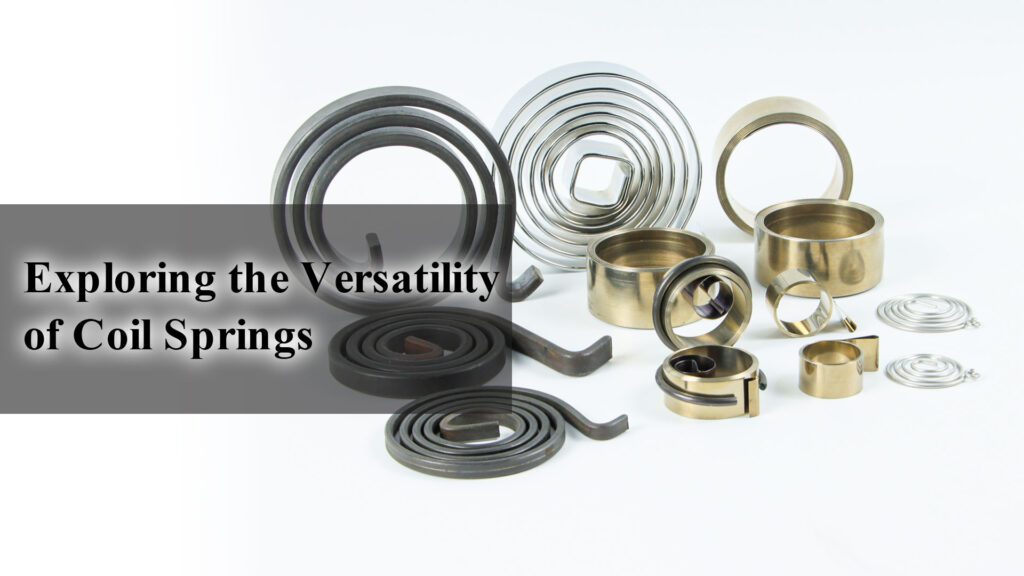
Most coil springs are produced by tightly winding spring material around a central shaft and connecting the free end to a housing. This design enables the spring to work within the housing, exerting torque on either the central shaft (axle) or the housing itself. Power springs and spring motors are made from various materials based on their intended applications.
The natural tendency of a spring to expand provides momentum to the central shaft or housing, generating usable torque. The total torque produced increases as the spring winds tighter and decreases as it unwinds. Spring performance depends on the total number of coils and the dimensions of the spring material (thickness, width, and length), as well as the available space (housing and shaft diameter).
Coil springs find wide-ranging applications. They can serve as the core of tool balancers, keeping power tools within reach of maintenance personnel and assembly workers. Tape measures, ubiquitous tools, utilize spring motors to retract the tape. When higher torque is needed, power springs can be combined to create high-torque spring motors.
Spring motors are invaluable as tensioners in applications requiring continuous loading, such as conveyors, chart recorders, file sorters, and point-of-purchase displays. Tool retractors use power springs to pull unused tools upward. The torque generated by power springs helps lift and move machine covers during the loading and unloading of parts.
Given their compact size and simple design, power springs may be an attractive consideration for your application. The material, dimensions, and options available for power springs make them an appealing choice for meeting your rotational needs.

